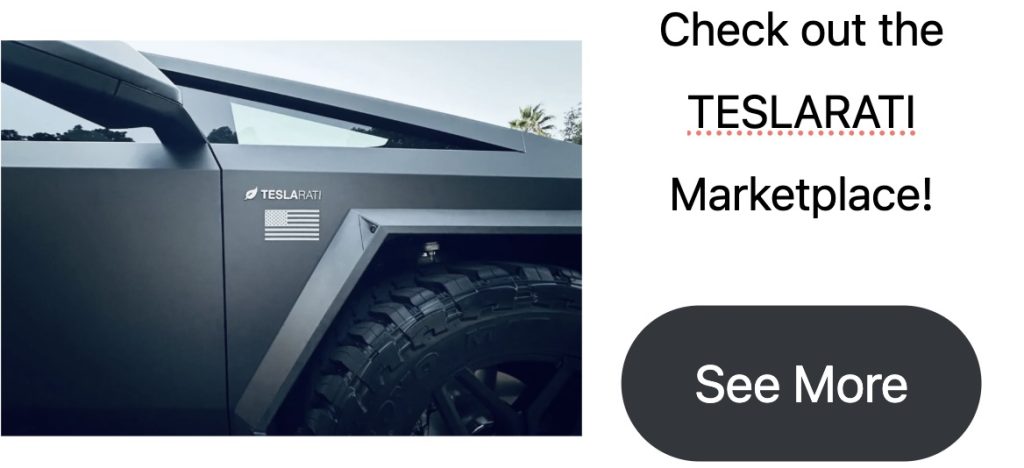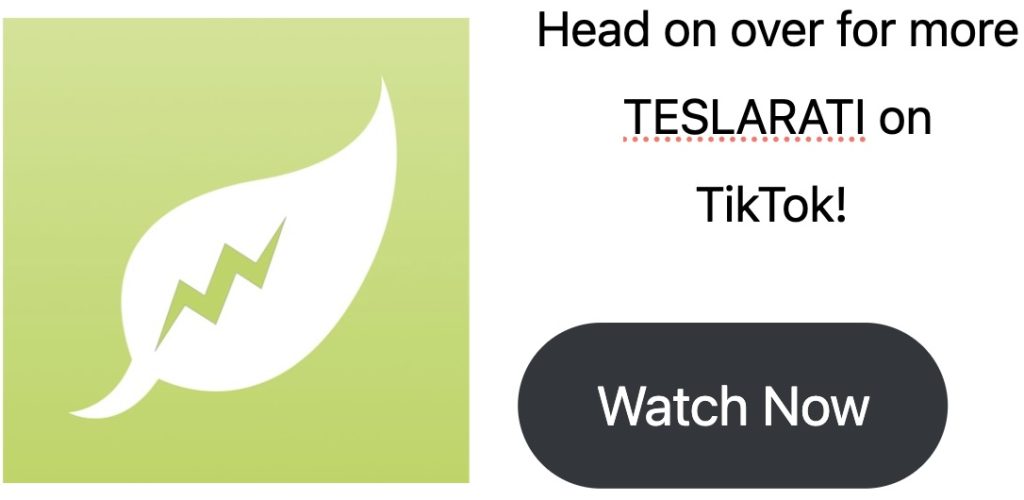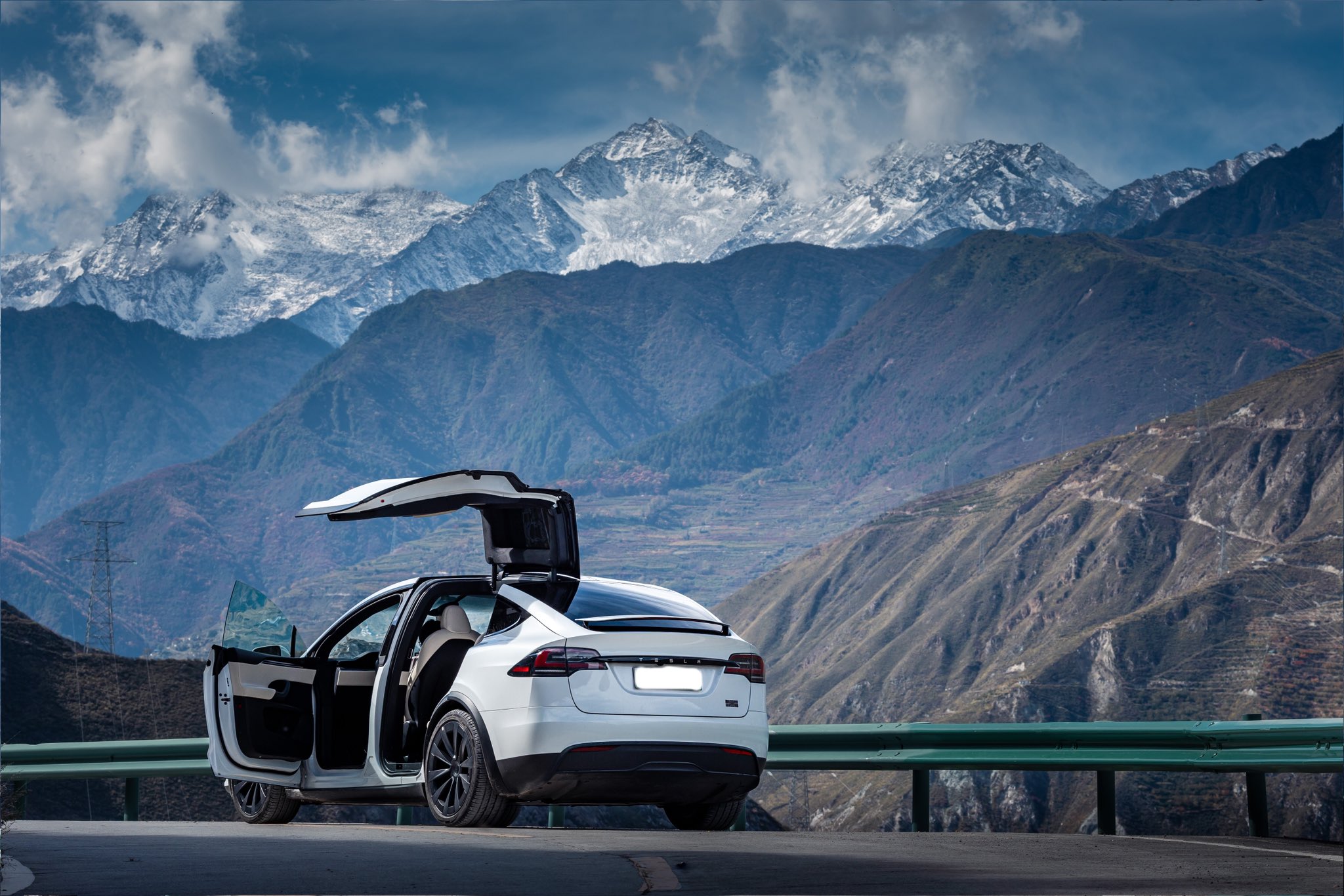Tesla has already deployed a software update for a recall affecting a small number of its Model X SUVs, after owners filed complaints about the headlights flickering at certain temperatures.
Earlier this month, the National Highway Traffic Safety Administration (NHTSA) launched a recall of 25 Tesla Model X units, after drivers complained that the headlights would flicker and not fully illuminate the road at certain temperatures. The affected Model X vehicles were manufactured between June 5 and August 2 of this year, and the problem is due to a specific combination of hardware and software.
Tesla has also identified the component to be the lower headlamp assemblies on the left and right headlights, as manufactured in Mexico. After identifying the issue, Tesla performed a root-cause analysis in partnership with the supplier, including an assessment to ensure design specifications were properly met. Tesla went on to determine that the issue had been from a combination of both software and hardware, and it was able to determine the 25 affected vehicles in October following the analysis.
While the problem has already been addressed with an over-the-air (OTA) software update, NHTSA plans to send official notification letters to affected owners by January 31, 2025.
You can see the full recall report for the issue below, and the NHTSA recall number is 24V-904.
Tesla, recall language and OTA software updates
Many in the Tesla and electric vehicle (EV) community have criticized the use of the term “recall” when no physical parts need to be repaired and no accidents or injuries are associated with a given recall. While some issues may require the owner to bring a vehicle in for physical service, most of Tesla’s recalls have simply required a free OTA software update that installs overnight to fix associated issues.
Elon Musk himself has criticized the use of the term in the past as being antiquated, especially as the media has widely reported on several recalls that were immediately fixed, free of charge, through the deployment of an update—often months before the NHTSA can send notification letters to owners.
Earlier this year, Musk said the term recall was “anachronistic,” adding that by this language phones were being “recalled” every few weeks.
Yeah. This “recall” literally just changes a few pixels on the screen with an over-the-air update.
By that anachronistic standard, phones are being “recalled” every few weeks.— Elon Musk (@elonmusk) February 2, 2024
In an email to Teslarati earlier this year, an NHTSA spokesperson highlighted that the language surrounding recalls and software updates was required by federal law when road safety risks are posed, along with the requirement that letters be mailed to owners upon a recall’s launch. You can see the agency’s full statement regarding this language below.
Defects that pose an unreasonable risk to safety are serious and should be remedied as soon as possible. Federal law requires manufacturers to issue recalls to remedy safety defects and noncompliances and issue notices to vehicle owners via first class mail. Whether a remedy can be completed at a local dealership or through an over-the-air software update makes no difference to the safety risk posed by a defect or noncompliance.
On background, a recall notification is an important acknowledgment of a safety defect or noncompliance with a safety regulation, regardless of the manner of the repair. The consumer needs to know of over-the-air remedies in case of an issue downloading the repair or if the safety defect or noncompliance persists due to an inadequate remedy.
Unlike a software update to a computer or phone, a safety defect in a vehicle can put the lives of vehicle occupants and others on the road at risk.
What are your thoughts? Let me know at zach@teslarati.com, find me on X at @zacharyvisconti, or send us tips at tips@teslarati.com.
Tesla initiates rare physical recall for 2016 Model X over appliqué issue



News
Elon Musk’s Grokipedia surges to 5.6M articles, almost 79% of English Wikipedia
The explosive growth marks a major milestone for the AI-powered online encyclopedia, which was launched by Elon Musk’s xAI just months ago.

Elon Musk’s Grokipedia has grown to an impressive 5,615,201 articles as of today, closing in on 79% of the English Wikipedia’s current total of 7,119,376 articles.
The explosive growth marks a major milestone for the AI-powered online encyclopedia, which was launched by Elon Musk’s xAI just months ago. Needless to say, it would only be a matter of time before Grokipedia exceeds English Wikipedia in sheer volume.
Grokipedia’s rapid growth
xAI’s vision for Grokipedia emphasizes neutrality, while Grok’s reasoning capabilities allow for fast drafting and fact-checking. When Elon Musk announced the initiative in late September 2025, he noted that Grokipedia would be an improvement to Wikipedia because it would be designed to avoid bias.
At the time, Musk noted that Grokipedia “is a necessary step towards the xAI goal of understanding the Universe.”
Grokipedia was launched in late October, and while xAI was careful to list it only as Version 0.1 at the time, the online encyclopedia immediately earned praise. Wikipedia co-founder Larry Sanger highlighted the project’s innovative approach, noting how it leverages AI to fill knowledge gaps and enable rapid updates. Netizens also observed how Grokipedia tends to present articles in a more objective manner compared to Wikipedia, which is edited by humans.
Elon Musk’s ambitious plans
With 5,615,201 total articles, Grokipedia has now grown to almost 79% of English Wikipedia’s article base. This is incredibly quick, though Grokipedia remains text-only for now. xAI, for its part, has now updated the online encyclopedia’s iteration to v0.2.
Elon Musk has shared bold ideas for Grokipedia, including sending a record of the entire knowledge base to space as part of xAI’s mission to preserve and expand human understanding. At some point, Musk stated that Grokipedia will be renamed to Encyclopedia Galactica, and it will be sent to the cosmos.
“When Grokipedia is good enough (long way to go), we will change the name to Encyclopedia Galactica. It will be an open source distillation of all knowledge, including audio, images and video. Join xAI to help build the sci-fi version of the Library of Alexandria!” Musk wrote, adding in a later post that “Copies will be etched in stone and sent to the Moon, Mars and beyond. This time, it will not be lost.”
News
Tesla Model 3 becomes Netherlands’ best-selling used EV in 2025
More than one in ten second-hand electric cars sold in the country last year was a Tesla Model 3.

The Tesla Model 3 became the most popular used electric car in the Netherlands in 2025, cementing its dominance well beyond the country’s new-car market.
After years at the top of Dutch EV sales charts, the Model 3 now leads the country’s second-hand EV market by a wide margin, as record used-car purchases pushed electric vehicles further into the mainstream.
Model 3 takes a commanding lead
The Netherlands recorded more than 2.1 million used car sales last year, the highest level on record. Of those, roughly 4.8%, or about 102,000 vehicles, were electric. Within that growing segment, the Tesla Model 3 stood far ahead of its competitors.
In 2025 alone, 11,338 used Model 3s changed hands, giving the car an 11.1% share of the country’s entire used EV market. That means more than one in ten second-hand electric cars sold in the country last year was a Tesla Model 3, Auto Week Netherlands reported. The scale of its lead is striking: the gap between the Model 3 and the second-place finisher, the Volkswagen ID3, is more than 6,700 vehicles.
Rivals trail as residual values shape rankings
The Volkswagen ID.3 ranked a distant second, with 4,595 used units sold and a 4.5% market share. Close behind was the Audi e-tron, which placed third with 4,236 registrations. As noted by Auto Week Netherlands, relatively low residual values likely boosted the e-tron’s appeal in the used market, despite its higher original price.
Other strong performers included the Kia Niro, the Tesla Model Y, and the Hyundai Kona, highlighting continued demand for compact and midsize electric vehicles with proven range and reliability. No other model, however, came close to matching the Model 3’s scale or market presence.
News
Tesla Model Y Standard Long Range RWD launches in Europe
The update was announced by Tesla Europe & Middle East in a post on its official social media account on X.

Tesla has expanded the Model Y lineup in Europe with the introduction of the Standard Long Range RWD variant, which offers an impressive 657 km of WLTP range.
The update was announced by Tesla Europe & Middle East in a post on its official social media account on X.
Model Y Standard Long Range RWD Details
Tesla Europe & Middle East highlighted some of the Model Y Standard Long Range RWD’s most notable specs, from its 657 km of WLTP range to its 2,118 liters of cargo volume. More importantly, Tesla also noted that the newly released variant only consumes 12.7 kWh per 100 km, making it the most efficient Model Y to date.
The Model Y Standard provides a lower entry point for consumers who wish to enter the Tesla ecosystem at the lowest possible price. While the Model 3 Standard is still more affordable, some consumers might prefer the Model Y Standard due to its larger size and crossover form factor. The fact that the Model Y Standard is equipped with Tesla’s AI4 computer also makes it ready for FSD’s eventual rollout to the region.
Top Gear’s Model Y Standard review
Top Gear‘s recent review of the Tesla Model Y Standard highlighted some of the vehicle’s most notable features, such as its impressive real-world range, stellar infotainment system, and spacious interior. As per the publication, the Model Y Standard still retains a lot of what makes Tesla’s vehicles well-rounded, even if it’s been equipped with a simplified interior.
Top Gear compared the Model Y Standard to its rivals in the same segment. “The introduction of the Standard trim brings the Model Y in line with the entry price of most of its closest competition. In fact, it’s actually cheaper than a Peugeot e-3008 and costs £5k less than an entry-level Audi Q4 e-tron. It also makes the Ford Mustang Mach-E look a little short with its higher entry price and worse range,” the publication wrote.










